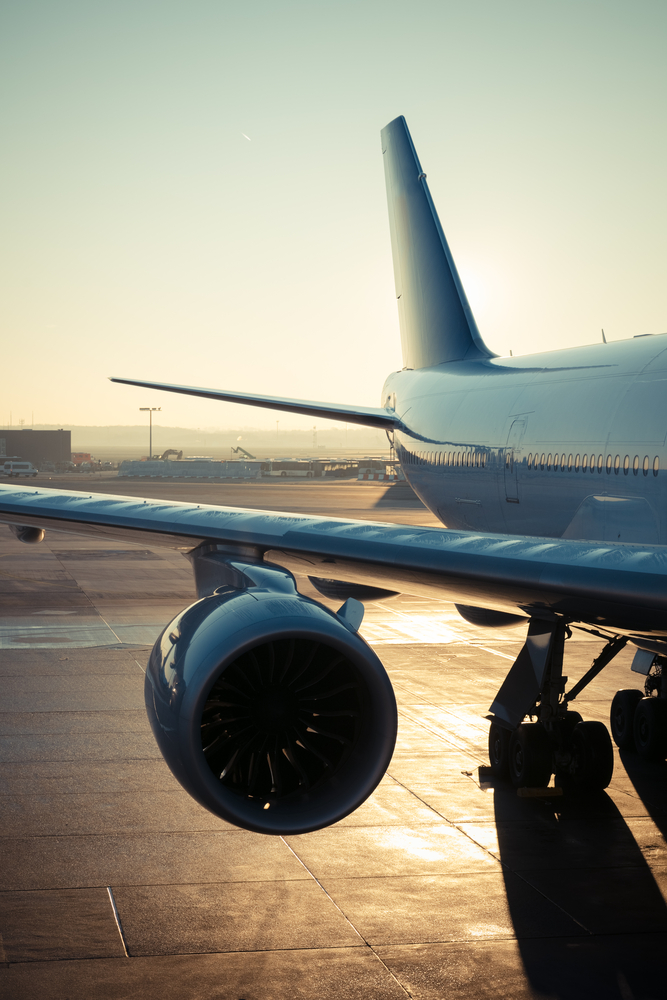
A Department of Homeland Security (DHS) Science and Technology Directorate (S&T) program recently developed a reusable Aircraft Explosive Testing Simulator to support the testing of explosive vulnerabilities in new generation commercial aircraft.
S&T’s Commercial Aircraft Vulnerability and Mitigation (CAVM) program, part of the Homeland Security Advanced Research Projects Agency Explosives Division, partnered with the Federal Aviation Administration (FAA) and U.S. Army Aberdeen Test Center (ATC) to develop the simulator.
Newer generations of commercial aircraft often have fuselages made with composite materials, such as carbon fiber reinforced plastic, as opposed to the aluminum fuselages used in most current commercial aircraft. The new generation composite aircraft fuselages are less available and more expensive, so to facilitate explosives testing, CAVM developed the simulation.
“The lack of availability of new generation composite commercial aircraft structures for use in destructive explosive testing necessitated development of alternate test methods and tools,” CAVM Program Manager Nelson Carey said. “Doing so is essential to provide S&T and its U.S. government customers with accurate and efficient methods for conducting commercial aircraft explosive vulnerability assessments.”
The Aircraft Explosive Testing Simulator consists of a steel cylinder that can be pressurized to replicate the conditions of an in-flight aircraft. Composite test panels are installed through an opening in the cylinder and are subjected to testing for a range of explosive threat scenarios.
An interagency agreement with the FAA and the National Institute for Aviation Research, an FAA Center of Excellence, provides the composite aircraft test panels.
“Interagency cooperation in support of CAVM efforts is essential for extending limited resources and insuring a maximum rate of return on research and development investment,” Carey said.




